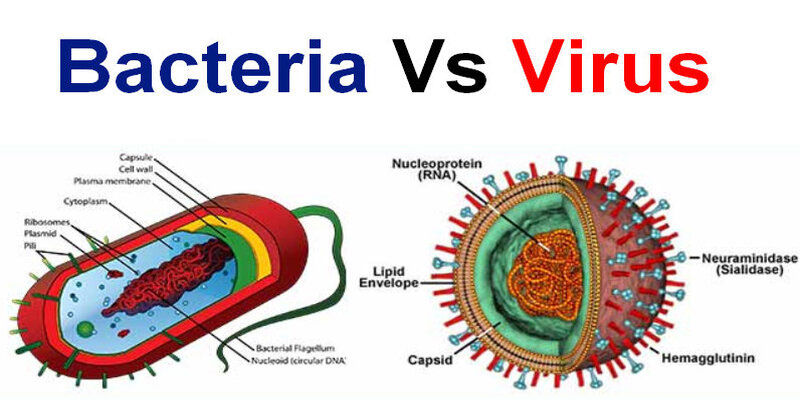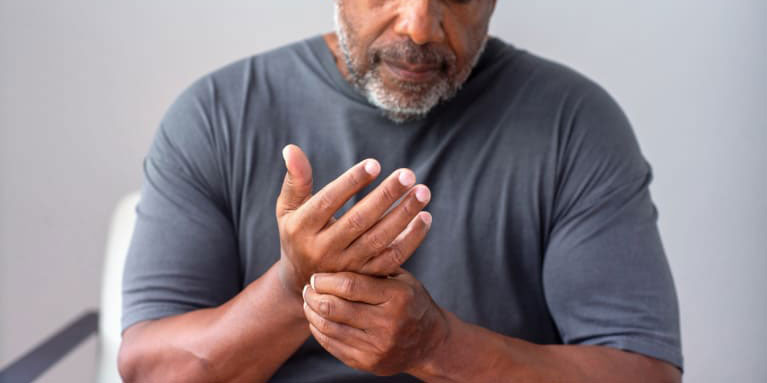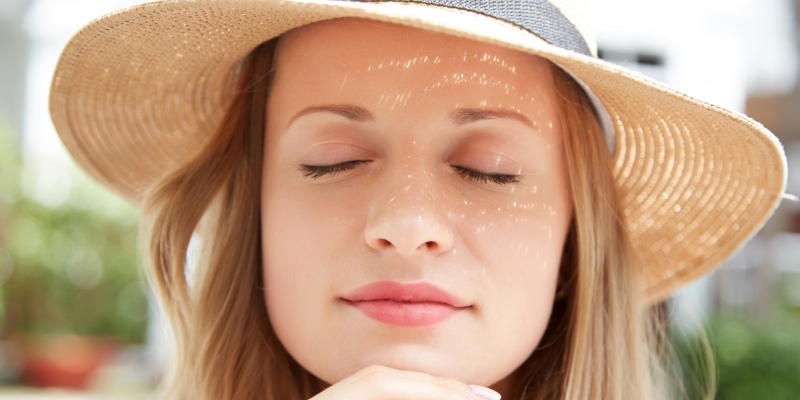
Dry drowning is a major cause of accidental deaths in adults and children. According to a report by disease control and prevention centers, almost 70 people per week die of drowning, most of them are under 14. This figure is astonishing and needs to study drowning deeply that what it is, and how it causes death.
Giving 24/7 attention to children while swimming might not be possible for some people. In this case, dry drowning is very common to happen. At the spot, dry drowning’s symptoms do not appear while. It starts to realize after days and weeks that if a proper check-up is not given, the innocent soul might lose itself.
That is why parents should know the symptoms of dry drowning and many other things that may help them to spot the issue before it is too late. Discover what dry drowning is, its symptoms, and everything you should know.

What is dry drowning?
According to a medical specialist, ‘drowning is when you get into the water but cannot take enough oxygen into your lungs and experience breathing problems. According to him, two situations happen to people of any age group drowning.
One situation is when a child or adult gets into the water and does not breathe in oxygen. In this situation, the drowned person never reaches water into their lungs; therefore, their airways get close, which ultimately causes breathing problems. There is no specific term to define this situation in the medical field. However, people generally call it ‘dry drowning’ to differentiate it from other drowning situations.
The other situation is when the child or adult gets in water into their stomach, and water reaches out into the lungs, causing problems for the lung lining. This situation is worse than the above one. The person should be observed for 24 hours after drowning to save him from further damage. This situation is called ‘secondary drowning generally. But it is not a medical term.

Which age group is most affected?
Different medical reports have shown that dry drowning or any other condition like secondary drowning is very common in children of teens and below 10. They experience these two situations almost every time they swim in the pool. Over and above, the parents do not get to know their drowning conditions as well because they do not share what they experience.
In contrast, adults are active and know when they swim. It is not so common in adults because they have the consciousness to discuss the symptoms even if it happens to them. While children do not aware of it, which is why an introspection of adults is a must for children of this age group.
You cannot neglect that children are experiencing more swimming than before, and most people have pools in their houses, which is challenging for them to control their children to go in the water. To avoid drowning, a lifeguard is necessary when children are swimming or around the pool or water tub.
What are the symptoms of dry drowning?
During drowning, dry drowning is the best strategy to use in the water. But this strategy might be fatal. Closing the vocals at the time of drowning is the body’s natural reaction to protect it.
While talking about drowning in dry drowning situations, one of the medical professors said. On the spot, the body uses different techniques, like vomiting, to run the natural functions. But after 24 hours or someday different kinds of signs are visible likewise;
- Shortage of breathing
- Low energy
- Paleness
- Chest pain
- Change in behavior
Childs show passive behavior in almost every activity after dry drowning, so parents should check them out deeply even if the danger is out.
What should be your next turn to do?
Most of the time, the under-14 age group is more affected by dry drowning than adults. They experience it when they are not swimming under a lifeguard and experience it every time they swim. Parents are not aware of it, which is more severe.
That is why parents need to check on their children first. Suppose the symptoms are visible, like shortage of breathing or paleness, due to the unavailability of oxygen to the body. You need to call the emergency on the spot. Your child is running out of oxygen, and only a medical specialist can help him renew his breathing, so do not rely on yourself.
For further introspection, your child needs a chest x-ray and an IV. Focus on the emergency medical officer’s prescriptions. They will save your child without wasting time ahead. So do not be worried at all.
They might admit your child for some days to check for further treatment and avoid other symptoms. Take a sigh of relief; everything is under control. But ensure you keenly observe your child after any problem happens to them in water.
Some preventions from medical practitioners
Whenever the practitioners were asked about drowning, a detailed follow-up of what to do and when to see the doctor was recorded several times. Likewise, when DR. Boniface asked about drowning, here is what he said;
I recommend everyone know the risks of drowning and its symptoms. If you have a child in your house but not a pool, please do not be rest assured because it has been seen that children below 10 have drowned in the bathtub and experienced dry drowning. So you need to follow some precautions to avoid this hectic situation for your child;
- At first, always keep checking on your child. Please do not allow them to go in the bathtub alone.
- If they are around water, a lifeguard must be with them. Hiring a lifeguard is recommended if you cannot introspect your child keenly.
Conclusion
Drowning is the major cause of unintentional deaths. According to reports from the child emergency departments of hospitals, children are most affected by dry drowning or any other drowning condition than adults.
Children, like toddlers, do not need to get into the pool for dry drowning. A water bucket is enough for them. So it is always recommended to keep a strong check on the children. Even if the danger is out and they escape drowning, risks are more challenging and might be fatal to their life.
So, a lifeguard with proper introspection must avoid these conditions. We hope this article will help you find what you were looking for.



